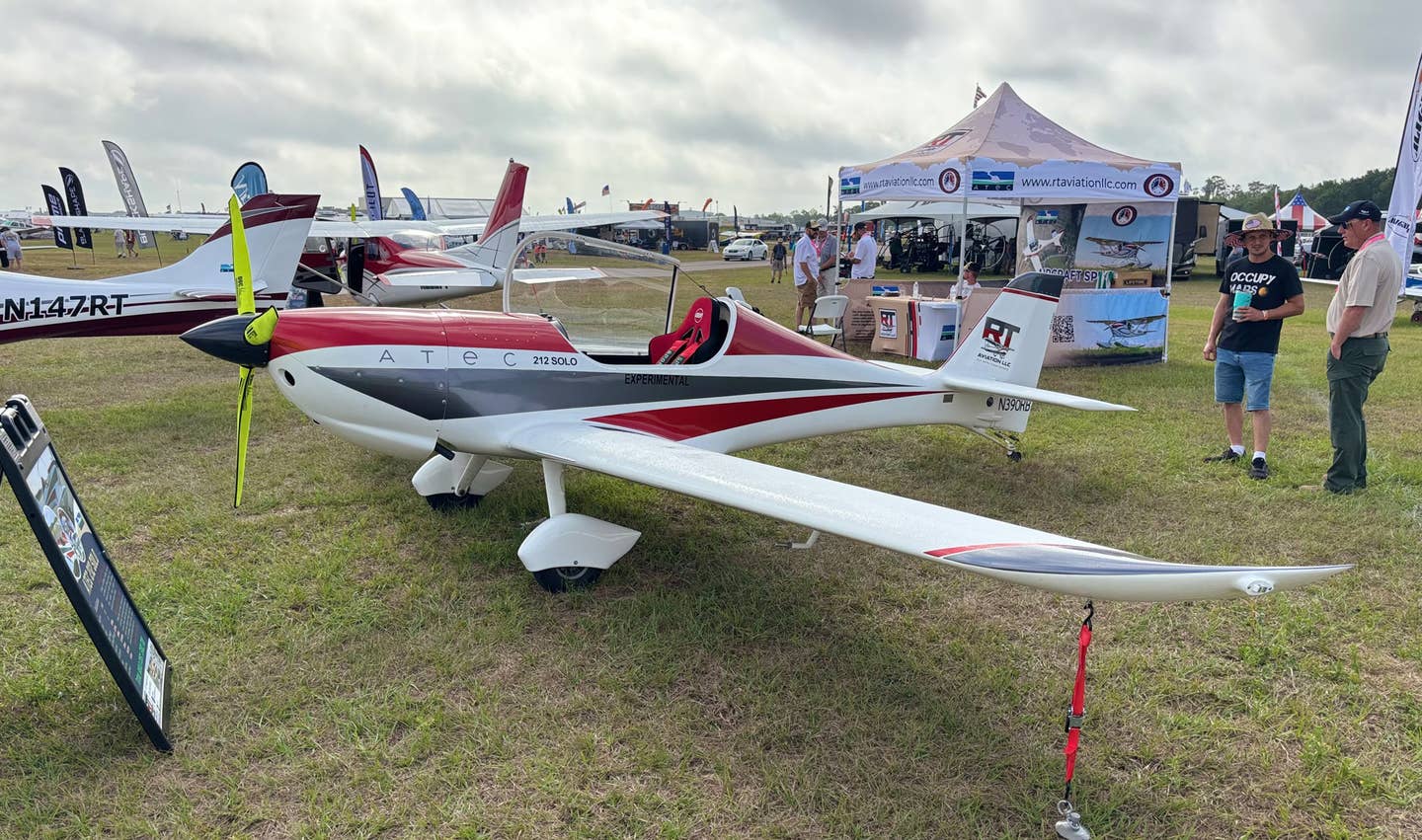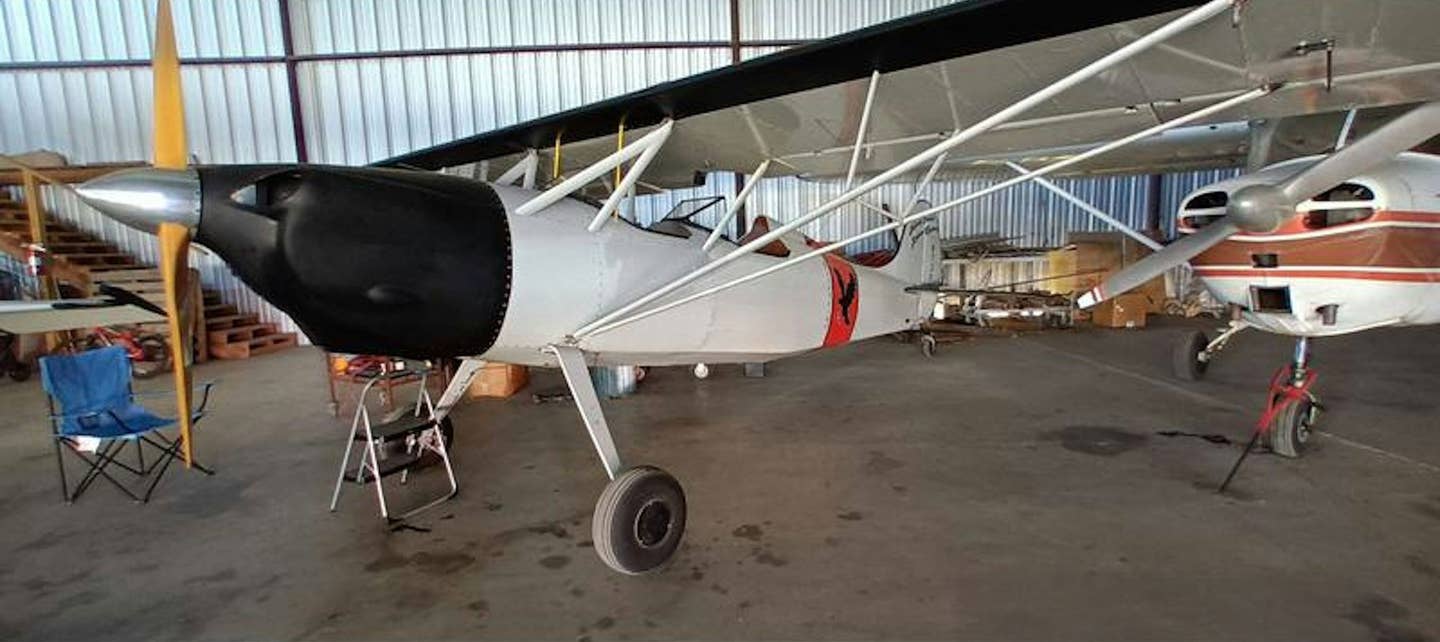Flying in the Time of Cicadas
Airplanes and cicadas are not a good mix. They make a mess when they hit the windscreen. They are distracting when they swarm you as you are trying to do…

Cicadas and airplanes don’t mix. [image: Adobe Stock/By Mark Kostich]
Airplanes and cicadas are not a good mix.
They make a mess when they hit the windscreen. They are distracting when they swarm you as you are trying to do a preflight inspection of the airplane. And sometimes, they can get into the equipment and make it fail.
Over the weekend the crew of a Challenger 350 at John C. Tune Airport (KJWN) in Nashville, Tennessee, was having difficulty starting its engines. The aircraft was hooked up to an auxiliary power unit (APU), which is designed to assist with engine start. But, according to Blake Love, co-founder of Mansa Aero, although the APU was operating, it was not able to start the aircraft.
Love and Mansa co-founder Andrew Warwick both checked to see what the problem was.
"We put a borescope down the APU and found it full of cicadas. They blocked the airflow," Love said. "We have never seen anything like it. We have 20 years of experience between the two of us and this was a first."
Cicadas are flying insects that spend most of their life underground. They emerge every 13 or 17 years (depending on their particular cycle) looking for a mate. They swarm in such great numbers that they produce a deafening hum, so loud that outdoor events like weddings are relocated. The louder the bugs—which are about an inch long and have wings—the better they are for increasing the species.
Cicadas are not terribly selective, and they were apparently attracted to the noise and heat of the APU and piled into the inlet, blocking the airflow.
When the technicians evaluated the problem, they were attacked by the swarm. They are not poisonous, but if you are frightened of bugs, you are not going to have a good day as thousands of inch-long flying insects zip around and land on you.
Love and Warwick said they were being dive bombed by the cicadas as they put the APU back together, and the noise of the engines stirred them up even more.
"It was quite a swarm, almost biblical," said Warwick, noting that great numbers of the insects flew into the operating APU, where they promptly met their demise.
Love and Warwick offered advice for aircraft owners as we wait for this cicada manifestation to run its course: Don't let your airplane sit outside with the APU running for an extended amount of time.
There are two swarms of cicadas making an appearance this year—those on the 13-year cycle and another on the 17-year cycle. They are emerging from the ground by the trillions when the temperature of the soil reaches 64 degrees. Once they come out, they molt, leaving behind exoskeletons. When their wings become dry, they head into the treetops to find a mate. Cicadas do not destroy crops, but they just make a lot of noise and in great enough numbers can block drains and air intakes.
According to insect experts, the cicadas will be emerging through June as far north as Wisconsin and as far south as Alabama.
Editor's note: This story originally appeared on flyingmag.com.

Subscribe to Our Newsletter
Get the latest Plane & Pilot Magazine stories delivered directly to your inbox






